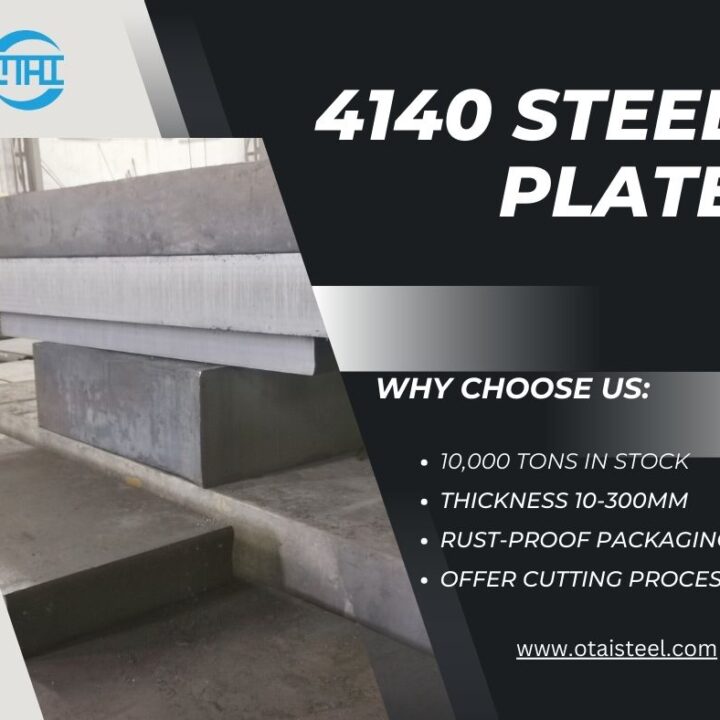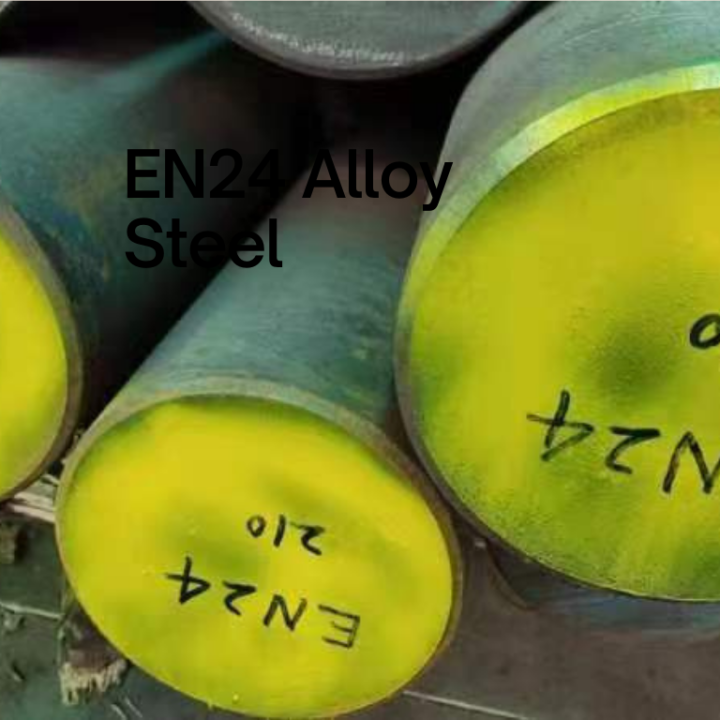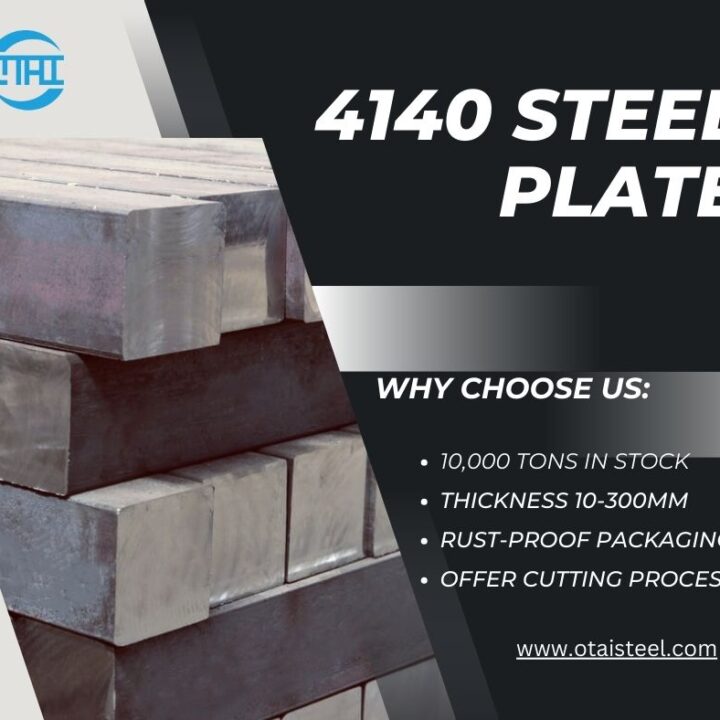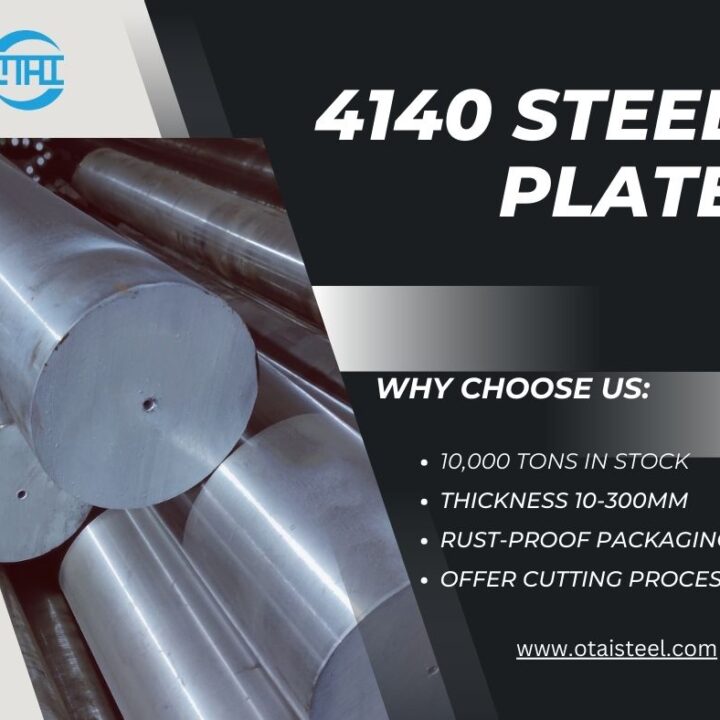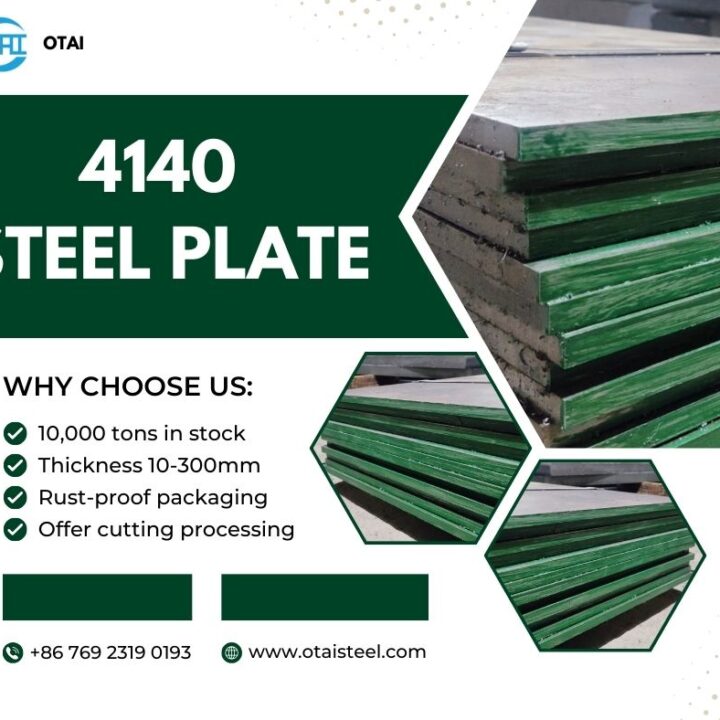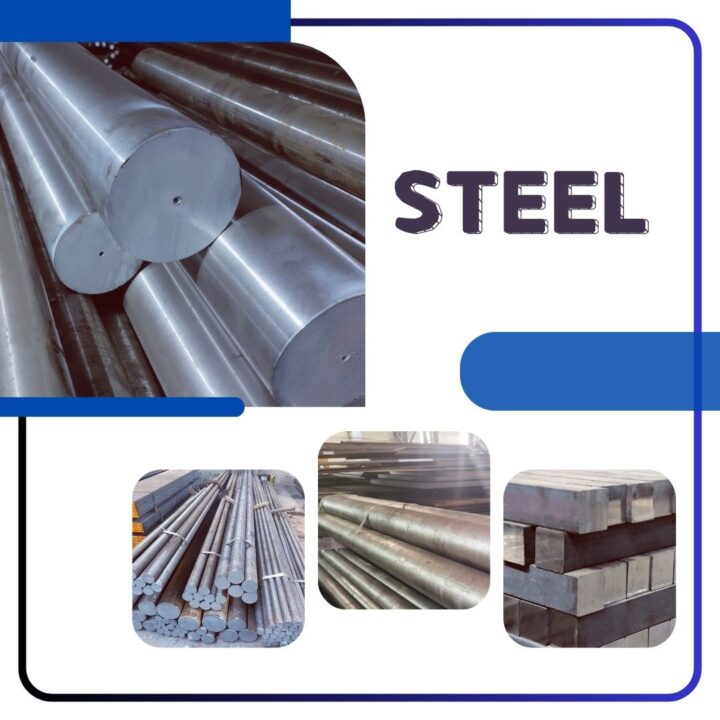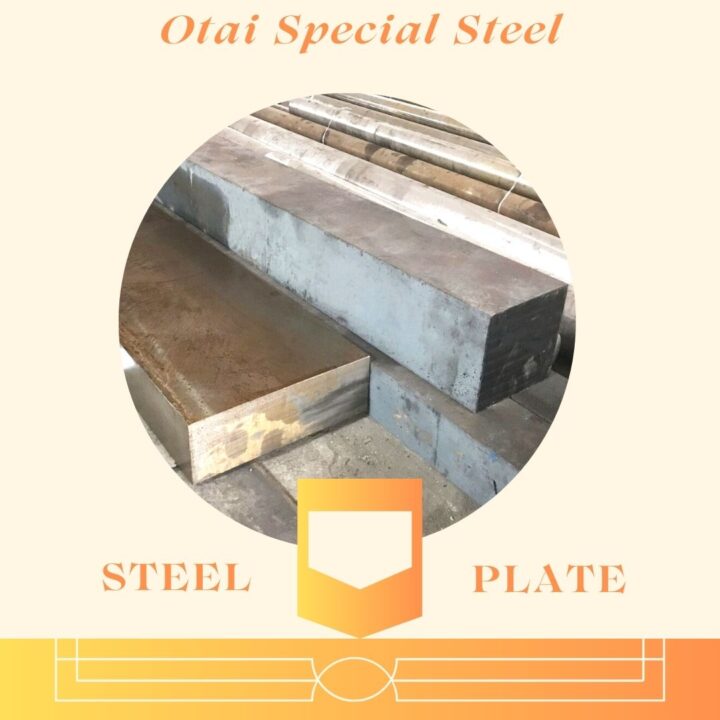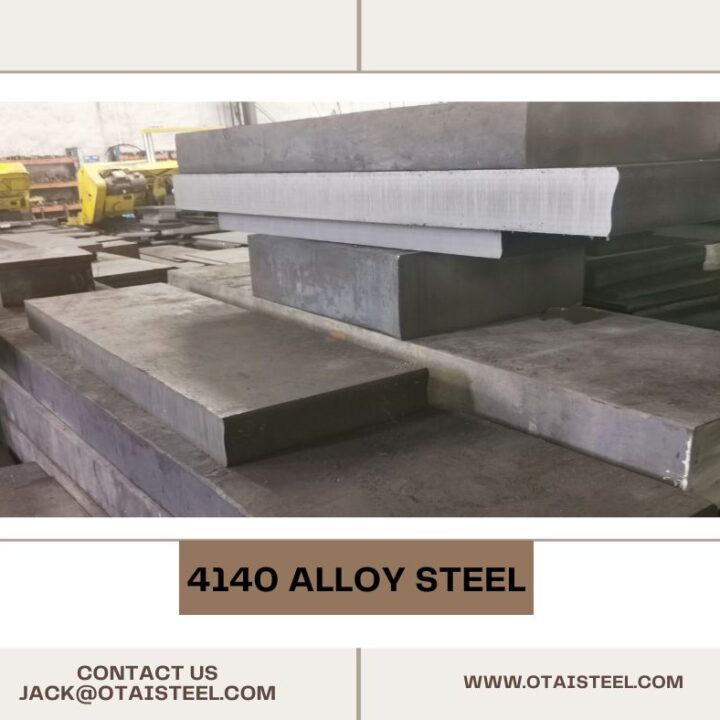High Speed Steel –M2 with good quality and high hardness
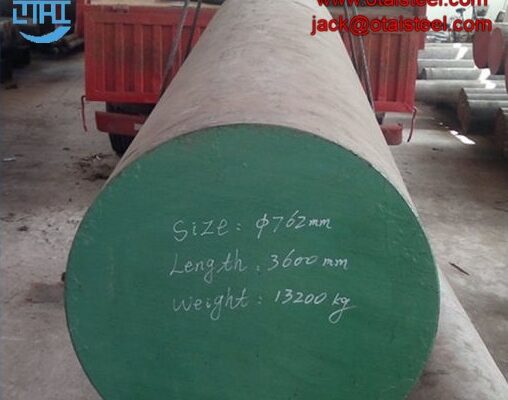
Difference between skh 9 high speed steel and m2 high speed steel
SKH-9 high-speed steel is a high-speed tool steel imported from Japan’s Fujichi NACHI. It is a high-performance tungsten-molybdenum-based general-dissolved high-speed tool steel with good toughness. It belongs to the same class of steel as JIS standard SKH-51 high-speed steel. Universal high-speed tool steel, currently used in a large amount in the world. The carbide structure of SKH-9 high-speed steel is fine, neat, and evenly distributed. It has the plasticity, processing performance, and grinding performance of hot work die steel and cold work die steel. It’s better.
M2 high-speed steel is a molybdenum-based high-speed tool steel imported from Finkel in the United States. It has the advantages of small carbide unevenness and high toughness. However, M2 is easy to overheat and has a greater tendency to carbide, so it requires more heat treatment protection. Strict, the temperature of quenching heating should be strictly controlled. Because the hardness and wear resistance of M2 mold steel are very good, most users are mostly used to make difficult cutting materials with a knife and molds that are subjected to vibration and impact loads. The M2 high-speed steel imported from the United States is appropriately added with the metal element cerium. Cerium can reduce the segregation of alloying elements such as tungsten and molybdenum in high-speed steel, reduce the amount of eutectic carbides and refine them, and cerium mainly segregates in the grain boundary eutectic carbides. At the interface with austenite, a part of cerium participates in the formation of cerium-containing M2 carbides, and cerium promotes network breakage and spheroidization of eutectic carbides when heated at high temperatures. M2 is a standard high-speed steel created by a reasonable element formula and patented melting technology. It has a uniform chemical composition, high toughness and excellent cutting properties.
According to the metal element and the applicable environment and location, the US M2 and Japanese SKH-9, SKH-51, and German 1.3343 are similar materials. When there are no special requirements, they can be replaced with each other, but they cannot completely match because of the smelting process and quality requirements. And alloy elements are not the same.
